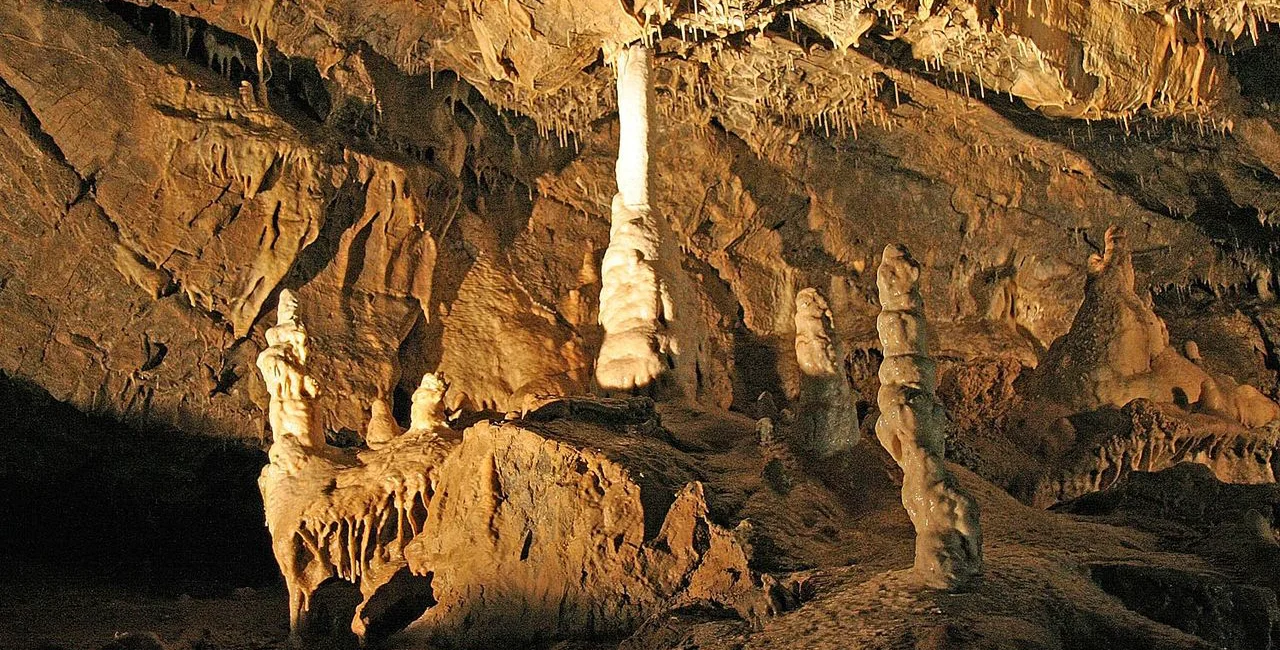Olomouc, Central Moravia, May 20 (CTK) – Scientists have changed the age of the oldest cave painting in the Czech Republic to 7,000 years, making it 800 years older than previously thought, Palacký University’s Faculty of Arts archaeologist Martin Golec has told CTK.
The painting consists of a series of black lines on the surface of a large boulder in one of the caves of the Moravian Karst, nicknamed The Brain for its wrinkled structure.
The markings on the boulder were most probably added as a cultic feature during the Stone Age.
The boulder is situated inside Catherine’s Cave, which contains several cave paintings dating from the Stone Age to the 18th century.
In 2019, experts had the age of the marking on The Brain boulder carbon dated in a laboratory and set it at 6,200 years. No older cave paintings had ever been found in the Czech Republic.
The team, nevertheless, continued working on the analysis, a joint project of archaeologists from Olomouc, their colleagues from the Czech Cave Administration and a team from the Nuclear Physics Institute of the Czech Academy of Sciences, which has shown that the marking is even 800 years older.
“The pigment was made from burned wood ash and contained organic matter samples that we were able to use to learn about its age. In the case of the markings on The Brain, we were able to get data only on our third attempt,” Golec said.
The Brain was first photographed by Czech explorer, archaeologist and speleologist Karel Absolon, who also found the Venus of Dolni Vestonice statuette near Brno, South Moravia, dated to 29,000-25,000 B.C.
“In Absolon’s photographs, the markings on the boulder are not clearly visible. They are not arranged in a way to create an object, for example an animal. It seems the stone was modified this way to mark its spiritual significance,” Golec said.
The markings are situated at the end of the Main Hall of the cave.
“It is a curiosity that Absolon’s photographs ended up in the Moravian Land Museum’s archive without attracting much attention. In the decades since, hundreds of thousands of tourists from all over the world walked past the boulder,” Golec said.












 Reading time: 2 minutes
Reading time: 2 minutes 






















